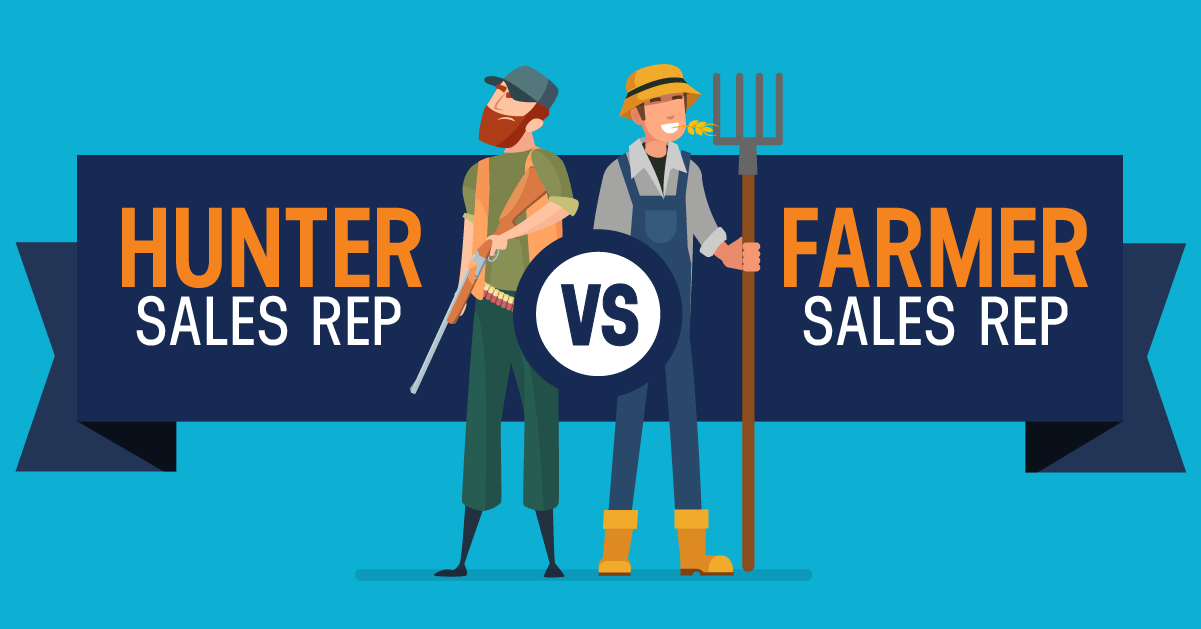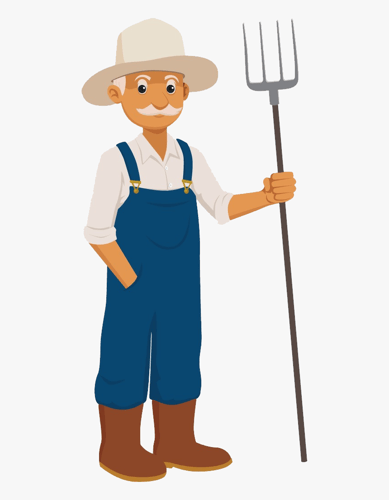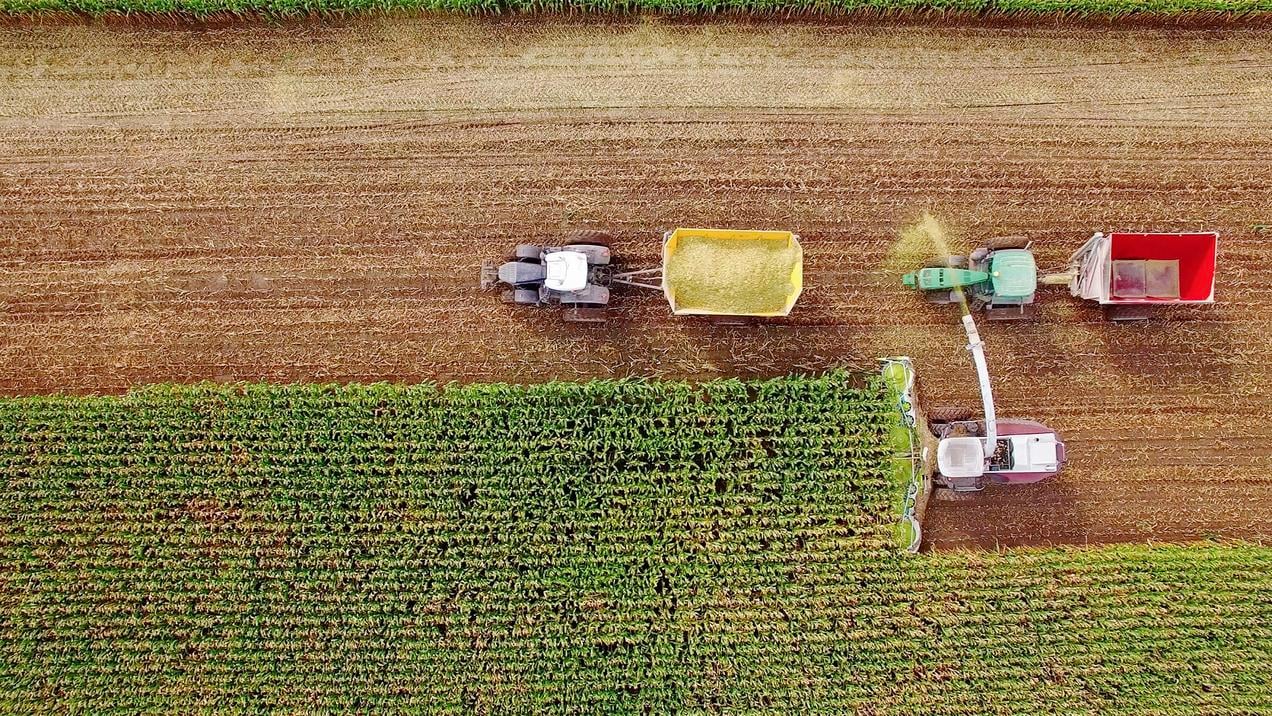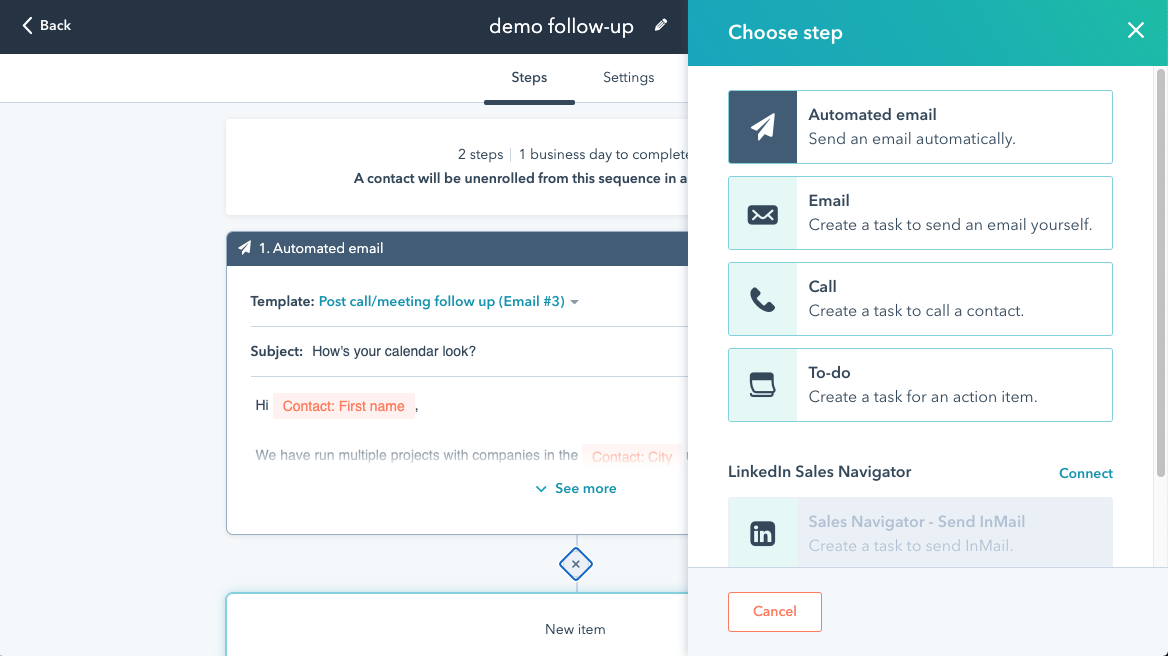Updated Nov, 2023
If you want to increase your lead conversions in 2024, you'll need to first figure out if you're a hunter or farmer. Since "gathering" really isn't an option for lead acquisition, there are really only two basic approaches for you to consider; hunting or farming.

Which method of lead generation is more sustainable, cost-effective, and actually fuels sustainable growth for years to come?
Hunting vs Farming in the 'Real World'
Before we had neighborhoods with tract homes and grocery stores, we had tribes living off of the land. The tribes had several different ways to consider providing food for themselves. Tribes could hunt for their food and hunting provided an immediate way of feeding to the tribe. There are a couple of inherent problems with hunting.
One is fierce competition from other tribes tracking and hunting the same prey. The other is the potential of "spooking" the prey by making too much noise while hunting it. Either way, if the tribe's hunters aren't successful and don't come back with the prey, the tribe could starve.
"Gathering" was an alternative method for survival. Tribes could have foraged for their food but they still faced competition from other tribes as well as animals for the finite supply of sustenance. It's where the phrase "hand to mouth" comes from. It literally means you pick up the food you find with your hand and put it directly in your mouth. If the tribe couldn't find food to gather with their hands, they definitely couldn't put it in their mouths. At any point there wasn't food to gather, the tribe starved.
People did not farm as a major way of getting food until around 12,000 BC. By farming, everybody got more to eat with less work than earlier hunters and gatherers. A few of these farming tribes decided to settle down in one spot and farm their food, instead of traveling around picking wild food.
Tribes that learned to farm had the greatest chance of not only surviving but actually growing. Farming provided the opportunity to create a plan for survival. Farmers could plant enough based on the projected yield to make sure there was an adequate supply of food to feed the tribe until the next harvest.
Are you an effective hunter?

If you buy credit triggers, email lists, attend networking events, or buy leads from third-party aggregators, then you're definitely hunting.
Do you utilize purchased lists, buy leads, or use things such as credit triggers to prospect?
Credit triggers and similar lead prompts can be popular for businesses such as auto dealers or mortgage companies that finance their products. The credit "trigger" happens when a potential customer has their credit pulled by a competitor and their data is instantly sold by the credit bureau. This is like sitting in the woods waiting for another hunter to shoot at their prey and miss, giving you a shot at it as it runs past.
Buying leads from third-party aggregators is like dove hunting at a lodge. The birds are gathered at the lodge only to be scared up and have the hunters who paid to be there, shoot at them.
Just like emails from a list or leads from an aggregator, the leads are being scared up for your salespeople to take their shot at them.
The problem with this method of hunting is that you're paying a premium to take a shot but if you're not the fastest shot, you won't get any birds. Likewise, if your sales team lacks the call center technology or discipline for the speed to lead to be competitive, you'll miss your shot.
Most salespeople identify themselves as hunters.
Why do salespeople like to consider themselves hunters? Simply because it feeds their ego. They feel powerful and in charge when they're tracking, stalking, and taking down prospect prey like a lion or a shark. Sounds pretty badass, right?
Now, let's paint a more realistic picture of the life of a hunter. Imagine yourself in the woods, carefully hidden with a bow in hand. You are waiting patiently for a buck to cross your path. As the deer comes your way, you anxiously take your shot, wounding your prey but not taking it down and the animal sprints away. Then you start tracking the wounded animal to take your second shot. Not so fast!
Now imagine several other hunters lined up in the same wooded area, carefully concealed. As your wounded buck runs off, all of the other hunters start taking shots as it races by. One of the hunters takes the shot that brings down the game but only one hunter is taking the prize back to feed their tribe.
What about the other hunters? They go hungry. Eventually, most tribes or business who exclusively hunt, actually starve out into extinction. Welcome to evolution. What's the number one rule about evolution? Evolve or go extinct!
Farmers aren't as cool, but they're reliable.

If you are already generating leads through email marketing, blogging, video content, or other inbound marketing techniques, then you're a farmer!
Farmers may not be as cool as hunters, but they're patient, consistent, and reliable. Farmers carefully patiently plan for their yields, nurture their seeds, and plant their crops at precisely the right time for maximum harvest. Year after year, they plant their crops, continually making improvements to the seeds, the soil and even artificially modifying the environments for healthier, more predictable and sustainable results.
Farmers consistently feed more and more people. If you want reliable growth, farming is definitely the way to go.
When a prospect discovers you through web content, blog posts, content shared on social media or Google Adwords; they find you. They aren't hunted by you.
A sales lead generated using inbound marketing techniques has started a "relationship" with your brand. They're also exclusive to your brand since their data isn't being sold to competitors by lead aggregators. According to HubSpot’s State of Inbound 2018 report, 55% of marketers say content creation for inbound marketing is a top priority. If you consistently prospect, educate, inform, and exercise patience you'll enjoy the harvest!
Here are a few things to consider before you start farming.

1. What's your companies monthly fulfillment capacity?
Simply put, this is the number of products and services that you can deliver every month if you are operating at maximum capacity. This is most likely different by product or service. When planning for yield, you don't want to generate more sales than you can reliably deliver on.
2. How many qualified leads do you need?
Determine how many qualified leads can each salesperson consistently handle each month? This number is probably different for each salesperson and is likely based on their experience and skill. What is each salesperson's individual conversion rate from qualified lead to a sale? These numbers will be different by category of sales but help you work backward to determine how many qualified leads you need to generate. If you have leads coming in from other advertising sources, count those and mind the gap. You don't want to overproduce, so start by generating enough leads to cover your deficit.
3. How much time is needed for follow-up tasks and documentation?
Unfortunately, not all of a salesperson's time is spent selling. As a matter of fact, less than 36% of a salesperson's time is actually spent selling according to Forbes. You might consider creating "time blocks" for salespeople for your sales team. Block out time for your salespeople to focus on new leads, following up on leads in the pipeline, and time for administrative tasks required to complete a sale. That time should be factored into the earlier capacity calculation, so you don't over-produce leads and disappoint new prospects with a less than exceptional sales experience.
4. What' s your new lead to contact metrics?
This is the average of the total amount of calls that it takes for your salespeople to make contact with new leads. 80% of sales require at least 5 contact attempts or follow-ups before they close but 44% of salespeople give up after 1 contact attempt and the average salesperson gives up after 2 contact attempts.
5. What is a qualified lead?
Every business has qualification requirements for what they sell. Yours is no different. These can be things like need, want, ability to pay, creditworthiness, or purchasing authority. Detailing a list of the items that demonstrate both intent and qualification will help you separate prospects from qualified leads. Setting up landing page forms or having a sales playbook with qualifying questions will ensure you don't waste your sales team's time chasing unqualified prospects.
6. Do you have a lead scoring system?
If you don't have a "front end" sales team to qualify your leads you may consider a system for lead scoring. Your lead scoring system can be created by adding points for "positive actions" like downloading an e-book or visiting your pricing page. You can also use past sales data to create a model. A simple lead scoring model can eliminate the time your salespeople are sending with leads that aren't ready or qualified to buy and free up more time to close the leads more likely to convert.
7. Do you have a process for nurturing prospects?
Every lead isn't going to be sales qualified but that doesn't mean you should toss it in the trash. Even though they may not be qualified today, a strong nurture program can help become qualified over time. This is where marketing automation systems like HubSpot pay huge dividends. Using a CRM and marketing automation software allows you to automatically communicate with unqualified prospects, nurture them with information, and move them towards qualification.
8. Do your sales and marketing teams have an SLA?
An SLA or service level agreement between your sales and marketing teams is a simple agreement that sets expectations for quantity, quality, and expectations between your sales and marketing teams. A great service level agreement will define what data needs to be present for the lead to become an SQL and the contact cadence and the process the sales team needs to follow for optimal conversion.
Consider using a CRM with Marketing Automation.

To get the best results from your farming efforts, consider implementing a CRM and marketing automation platform like HubSpot to maximize the value out of every MQL and SQL you bring in. If your company already uses these platforms, consider evaluating the workflows to optimize sales conversions. Software platforms are only as good as the processes that are implemented.
Even if your current processes seem to be working, there is always room for improvement and an opportunity for optimization, so test, test, test and happy farming!